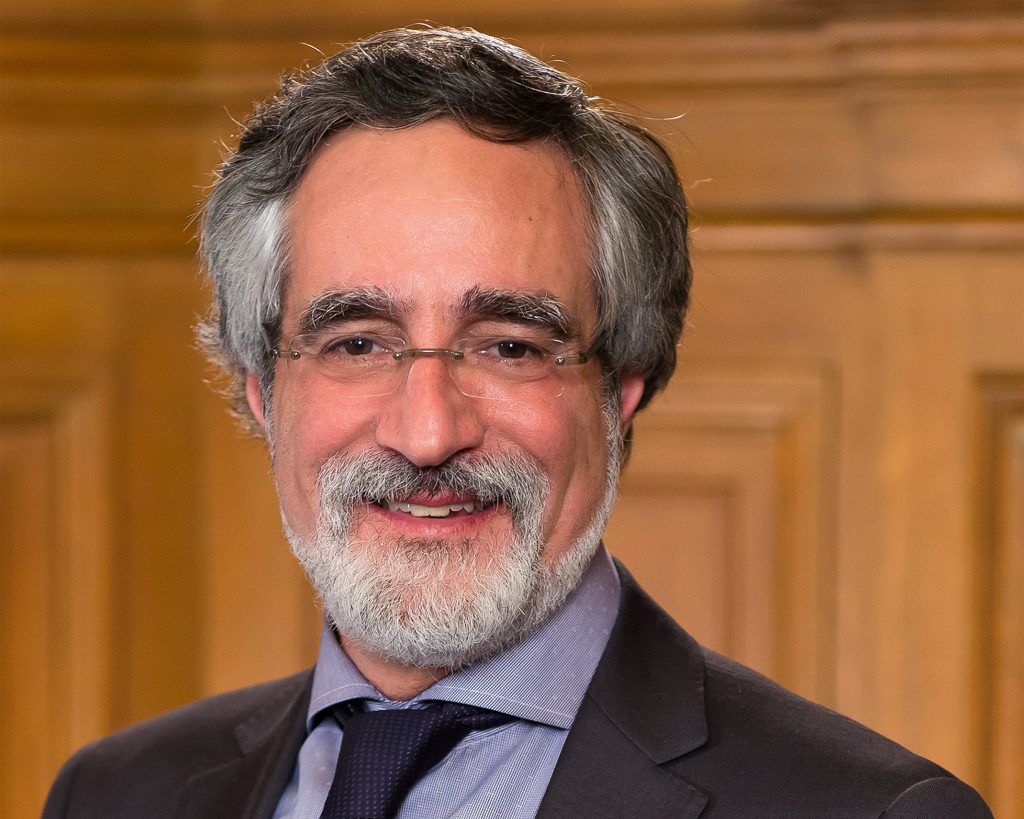
San Francisco Mayor London Breed. (Photo: Kevin Sanders for California Globe)
SF Mayor Breed, Sup. Peskin Introduce Ordinance To Make Office-To-Housing Conversion Easier
Critics warn that the ordinance has many glaring issues, unaddressed rental questions
By Evan Symon, March 28, 2023 6:30 am
San Francisco Mayor London Breed and Board of Supervisors President Aaron Peskin introduced new legislation on Monday to make office-to-housing conversion in the city both easier and doing it in less time.
Throughout the 2010’s, San Francisco enjoyed a near 100% office occupation rate throughout the city, thanks in large part to the continuing tech boom in the region. However, since 2020, the COVID-19 pandemic, more firms switching to a work-from-home model or allowing more work-from-home positions, high crime in the city, and massive tech layoffs throughout the region have emptied out many of the city’s commercial office buildings.
At the end of 2022, office vacancy rates stood at 27%, with projections for the first half of 2023 either being worse with a number of expiring leases, or slightly better given a jump in worker returns. While that figure is a large improvement from the 39% occupancy rate that struck the city at the peak, it is also still a far cry from where the city had been. And, with the tax base severely cut and downtown businesses now struggling, San Francisco has been scrambling to bring new businesses back downtown and bring back more office workers for support.
At the same time, while rent prices have gone down in the city, it remains one of the most expensive cities to rent in the country. With many people being priced out of the city due to the lack of affordable units, area businesses suffer even more. To combat both, Mayor Breed and Supervisor Peskin introduced a new ordinance on Monday to allow for easier office-to-housing conversion.
According to the ordinance, residential conversion projects would be exempt from many Planning Code standards, including removing all open space and rear yard requirements. Another that requires a certain number of two and three bedroom units per complex would be removed. The Department of Building Inspection would also create new procedures for building conversion, creating an easier route for building and fire code requirements that are currently more suited for new construction.
Caps on building usage percentages would also be relaxed, with the city Planning Code to be more flexible on workspace usage. Finally, office-to-housing conversions would no longer need a Planning Commission hearing.
In total, the ordinance would only be limited to the Downtown area, as well as parts of SoMa and Union Square. All projects would also have to be submitted by December 2028 to fall under the new rules. San Francisco planning Director Rich Hillis estimates that, under the new ordinance, conversion could be sped up by as much as 18 months, with a city commissioned study finding that 12 particular buildings in the city could bring as many as 2,700 new rental units.
“The zoning allows for housing as a right downtown, but for conversions especially, it’s a bit of a labyrinth of approvals and hearings to make it happen,” said Hillis on Monday. “This legislation just cuts through a lot of those barriers in the planning code to take away the need for these approvals and hearings, which don’t make a lot of sense for conversions and which are timely and costly.”
In a statement, Mayor Breed added that “The challenges facing Downtown require us to imagine what is possible and create the foundation for a stronger, more resilient future. Any attempt to build new housing or fill empty retail space shouldn’t be something that requires granting exceptions through lengthy paperwork and exhaustive public hearings. We need to make the process easier for getting our buildings active and full.”
Issues with the proposed ordinance

However, Peskin noted that this ordinance would only be part of what the city would need for a turnaround both on office vacancies and affordable units.
“The Legislation is only half the bottle,” explained Peskin.”The other half, he said, will require city departments to work proactively and collaboratively with people who want to take advantage of the new rules, ensuring that projects actually come to fruition in a timely manner. We can pass all the legislation we want, but if the Department of Building Inspection and various permitting agencies move at the speed of molasses, then we’re still in trouble. We should not all just pat ourselves on the back for working nicely together and passing a piece of legislation. The work is only just beginning.”
“There would not be a need for a lot of these things in a normal environment. But given the changed world in downtown, they make sense. I think coming up with these ideas and passing them is the easy part. I think the harder part is actually utilizing and encouraging people to use the ideas that are being allowed under this legislation.”
In addition, while many landlords do want to fill space and a need for affordable housing is only growing in the city, many planning experts said that the ordinance is too little, too late for the city and doubted whether it would even work.
“This isn’t an ordinance – this is a gamble,” said Dan Mapother, a former city planner for several cities, to the Globe on Monday. “Ok, so you have the conversions done. That isn’t cheap or easy within itself, but say that gets done. What do you rent it for? Knowing San Francisco, rents will be above market, so people will still not be moving to these places. If you put a rent cap in place, no developer would want to take on a conversion. Sam with rent control. Office occupancy would get better, but then you would have mostly empty housing.”
“The smart move would be to have big tax breaks on these conversions with the agreement that a certain number of units would be affordable or guaranteed to go to the most needy. More than the usual amount. But they can’t see the forest through the trees on this. It’s a good solution to solve the office vacancy problem, but then there is going to be an even worse rental problem for housing. The city gets more money through taxes, but at the expense of the people. Notice no one is saying how many of the units will be affordable. Notice they aren’t saying what the projected rent would be, even this early before the ordinance is even passed. Not even a ballpark. Everyone needs to think this through, but no one seems to be doing that.”
“If this goes through like this, we could be seeing a high-rent version of Pruitt-Igoe throughout the city, and no one wants that.”
The ordinance is expected to be heard soon in committees.
- Bill to Require Law Enforcement Disclosure if AI Was Used To Help Write Reports - August 7, 2025
- Gov. Newsom Files FOIA Request To ‘Expose True Cost’ Of L.A. Federal Troop Deployment for Anti-ICE Riots - August 6, 2025
- California Redistricting: How Newsom’s Plan Will Demolish Hard Fought GOP Gains - August 6, 2025





SF Mayor London is a slightly less obnoxious version of Chicago’s infamous Mayor Lori Lightfoot? The Democrat cabal installed both of these black puppets and the results have been disastrous? Mission accomplished? As for Democrat SF Supervisor Aaron Peskin, no doubt he’ll profit from on any office to residential conversion projects? Has he recently made any drunken late night phone calls harassing colleagues like he used to?